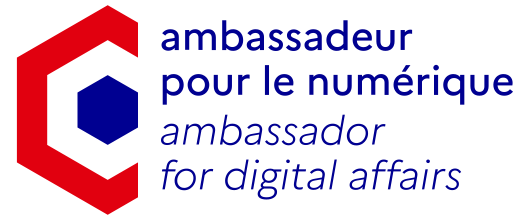How to contribute
All contributions are welcome! We are grateful for all additions to this open resource that help advance the state of the art and shared understanding in fighting information manipulations. Here, you will find a few tips and guidelines to help you navigate the edition process.
You can edit all pages on the GitHub repository hosting the content. You can learn more about this process on the GitHub help.
If you are not familiar with the process, feel free to suggest editions by email.
Format
For all content to be included in the disencyclopedia, we use the Markdown markup format, with the Kramdown syntax extensions.
Hierarchy
When writing content, titles should be organized by importance. To do so, you just need to add a hash (#) in front of the title. The smaller the title, the more hashes you add.
# Main title
## Title
### Subtitle
To avoid any confusion, we prefer bullet points or #titles to numbered lists (1. , 2. , 3. etc). Also, rather than footnotes, we believe direct links included in the text are better for readers.
Architecture
The content of the encyclopedia is organized along three dimensions: phase, type and criterion. When contributing, please add your content in the relevant section.
Phases and criteria are documented on the homepage. We do not provide an exhaustive list of criteria as they depend on each organisation. However, we ask that you have a look at the existing ones before introducing a new one.
The four types are:
- Case studies
- real-life examples of applications of the phase.
- Practices
- abstract, generic and applicable methods, methodologies and documentation.
- Tools
- concrete, immediately reusable tools, be they digital or analog.
- Actors
- organisations that are prominent in their field, and could be considered for reaching out to or inviting to an event.
Content guidelines
Because we care about fundamental freedoms and security, we never name non-public personalities in our content. As this is an encyclopedia, we also avoid value-based judgement and favour objective, useful information. Regarding case studies, all reasoning must be clearly and explicitly justified: for instance, it is important to know why you believe that an element does or does not fulfill a criteria. It is not sufficient to use “common sense” to explain why some element is false, for example.

